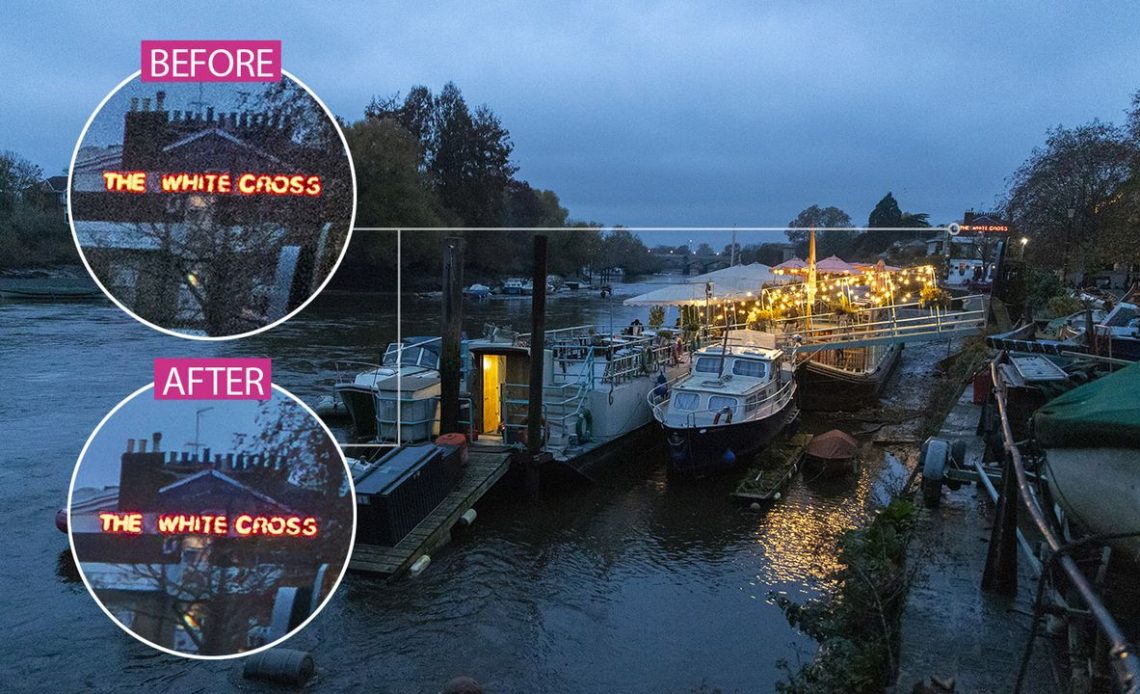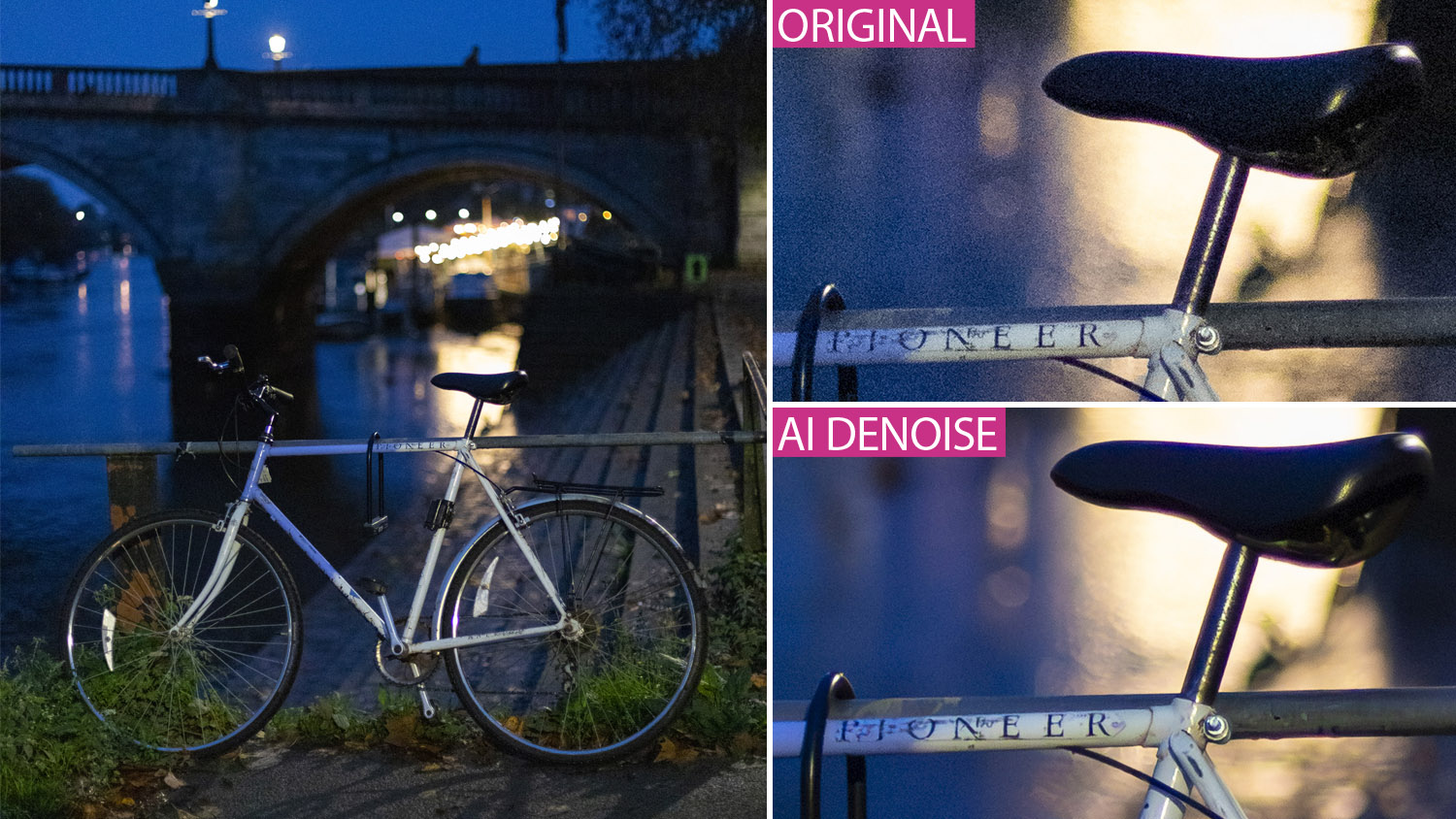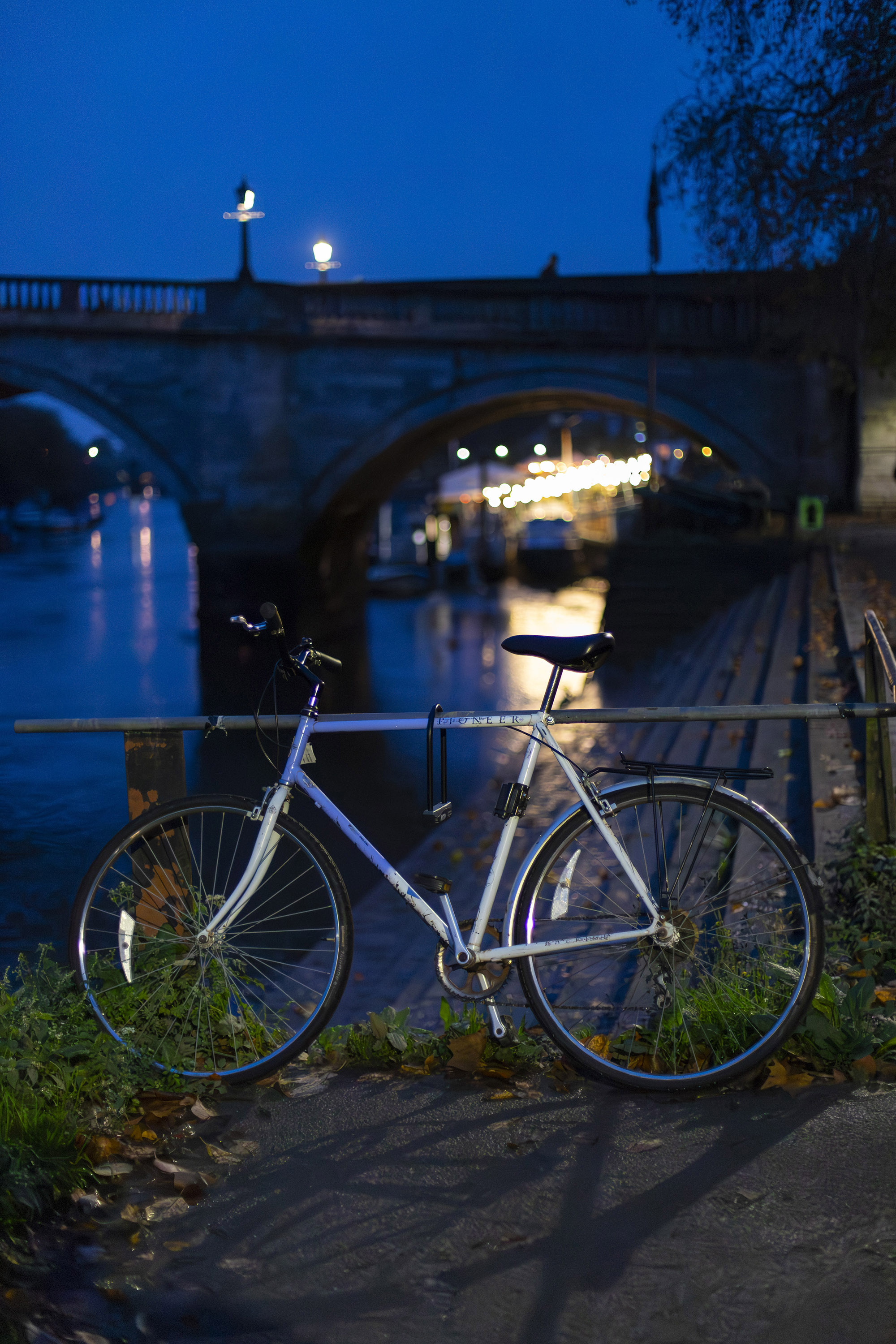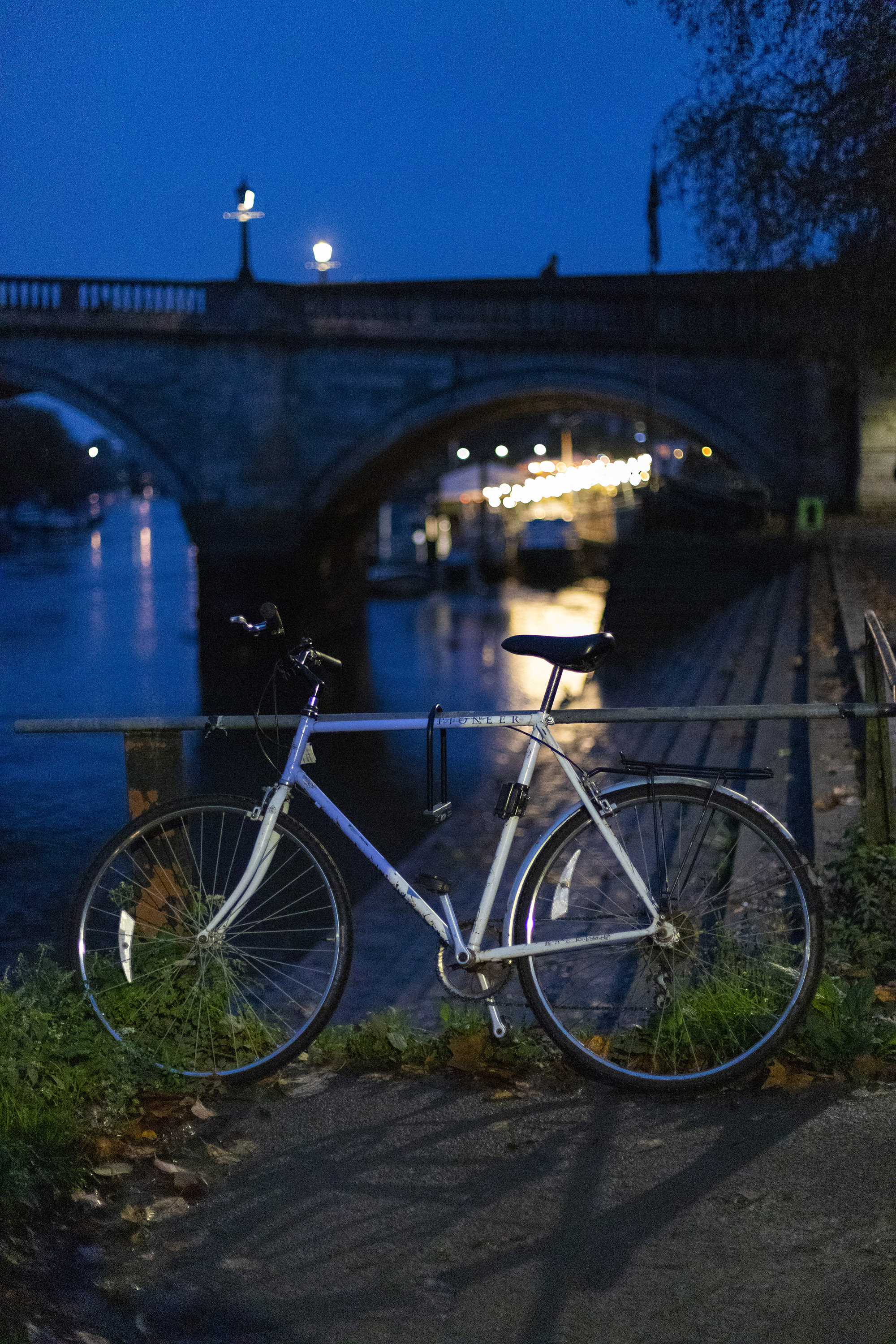
Anyone interested in digital photography for any length of time will have no doubt come across the term noise reduction. Digital cameras are subject to interference in their signal, referred to as ‘noise’ and usually presented when there is a weak signal or data input – such as when shooting in low light or with a high ISO.
Think of this a bit like turning up the gain knob on an amplifier; the image gets brighter, but at the expense of introducing more digital noise.
Noise reduction has always been an option, but the sliders for reducing noise in programs such as Photoshop’s Adobe Camera Raw (ACR) and Lightroom Classic CC up until recently gave fairly run-of-the-mill results.
That was until the addition of Denoise in ACR and Lightroom in 2023. This new feature, currently only available for RAW files, uses AI to cleverly remove the granular noise speckles while retaining much more detail in key areas like your focal point.
Then there’s camera manufacturers like Canon, with its EOS R1 and R5 Mark II offering AI-powered deep learning noise reduction in-camera via its Digic Accelerator. This can cleverly reduce noise by up to 2 stops, making a picture taken at ISO51,200 appear much lower in noise and more like a shot taken at ISO12,800 – without turning fine details like hair or feathers to mush.



One exciting aspect of this is the ability to extend the lifespan of older cameras that may have a weaker performance at high sensitivities. Now you can shoot at high ISOs, safe in the knowledge that you can clean up your files in post-production.
The technology also makes it more practical when using lenses with slower apertures. A wide aperture may be preferred for shooting in low light scenarios, such as a gig or music concert, but these may not be within your budget. Well, now you can shoot at those slower apertures and increase the ISO to compensate and clean it up with a feature such as Adobe’s Denoise.
While Adobe’s own AI Denoise is already very good, we also got the exciting announcement of Adobe partnering with Topaz Labs at Adobe Max 2025. This brings even more possibilities into the fold, as we may very well be able to choose from a wealth of some of the industry’s leading AI models.
Adobe Photoshop CC gets a bad rap for having quite an expensive subscription-only model. But having access to state-of-the-art AI models from some of the best and brightest minds in the industry does bolster its value for money – not to mention getting even more value out of your older camera equipment.
Author: Dan Mold
Source: DigitalCameraWorld
Reviewed By: Editorial Team



